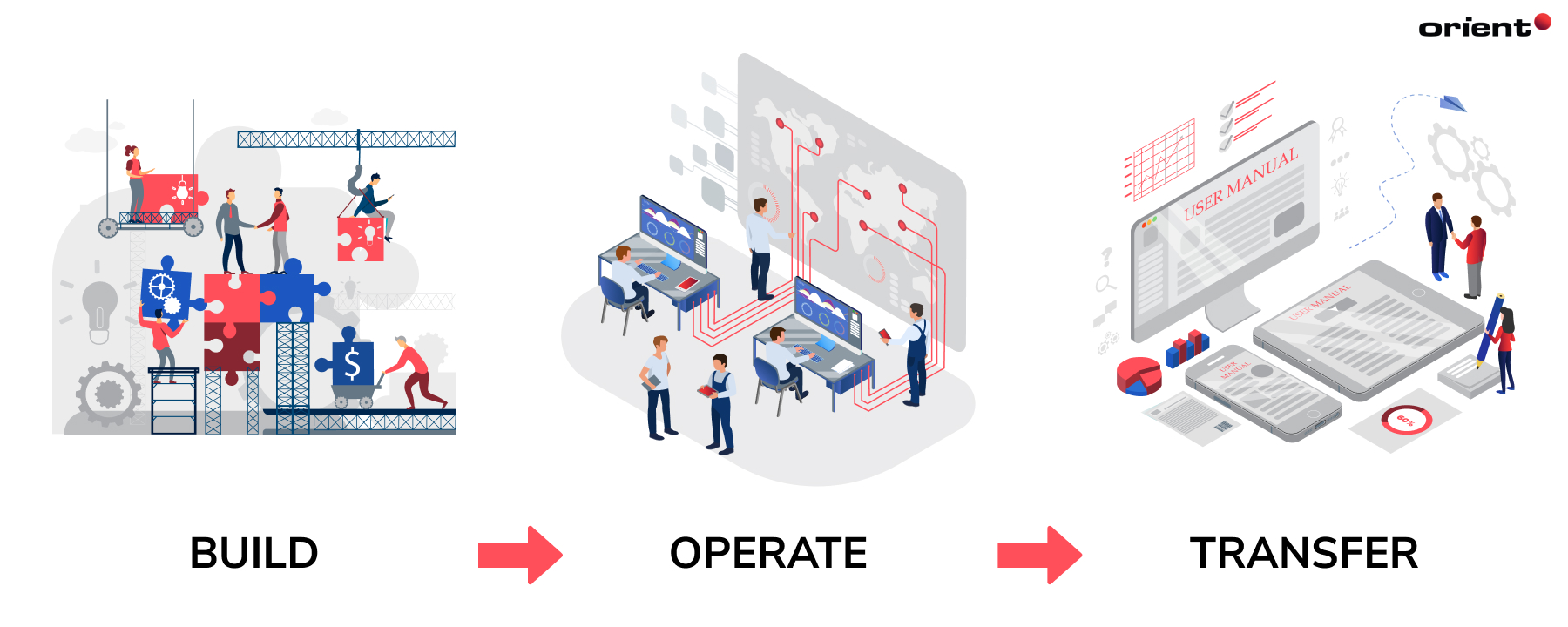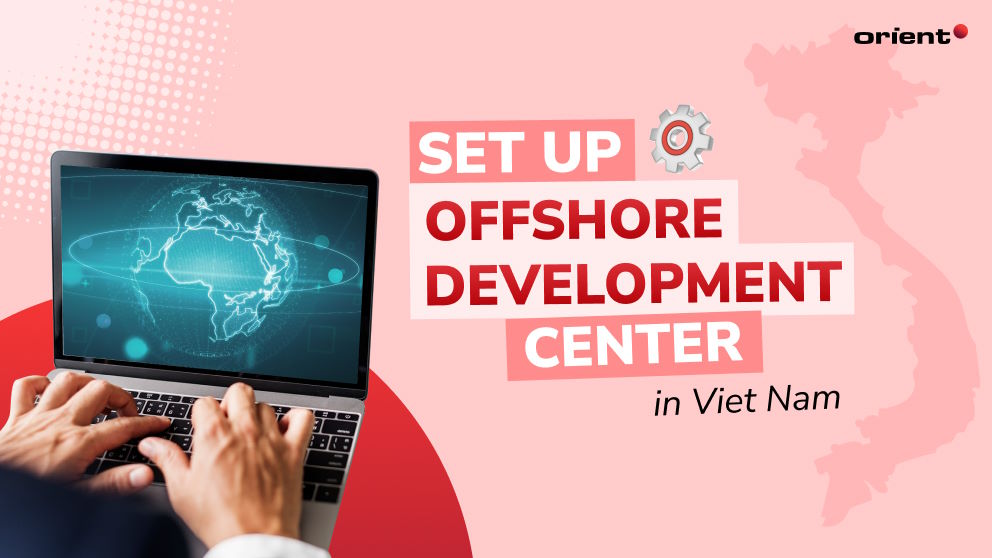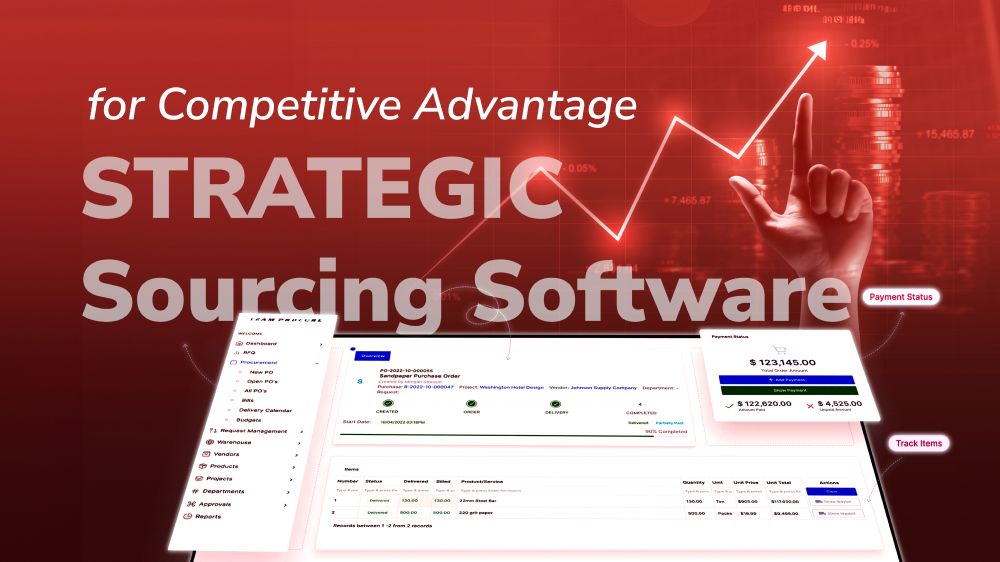What Is the Build-Operate-Transfer (BOT) Model in IT Outsourcing?

Content Map
More chaptersAlthough IT outsourcing has been in high demand in recent years and boosting businesses’ performance with the benefits it brings, there always exists a universal concern about losing some level of operational control and ownership to the third party as well as other uncertainties, security, for example. According to the U.K IT Outsourcing survey by PA Consulting and Whitelane Research, 75% of companies are concerned about intellectual property issues, and 75% worry about the alignment of Agile ways of working with the new IT outsourced environment. At this point, build-operate-transfer is the best arrangement for such considerations among many different IT outsourcing engagement models.
In this post, we are going to dive deep into the concept of the build-operate-transfer model, understand how this delivery model works, and how it benefits your business in the case of outsourcing.
Definition of Software Build-Operate-Transfer Model (BOT)

Broadly speaking, build-operate-transfer is a project delivery model usually utilized in public-private partnerships. For your information, a public-private partnership (PPP) is a type of legal arrangement in which a government entity or a public organization enters into a contractual agreement with a private entity. The arrangement aims to provide a public service or infrastructure through cooperation between the public and private sectors. PPPs are typically used for the construction and operation of public infrastructure projects that require significant investment, such as power plants, toll road projects, colleges and universities, hospitals, and public transportation systems.
Under this model, the private sector party is essentially responsible for setting up and running the operation and then transferring it to the public sector entity after a certain period of time. This provides an opportunity for both parties to benefit from the project — the public sector can benefit from cost savings, expertise, and technology exchange, while the private sector receives a steady flow of revenue and operational control over the project during its duration.
In software outsourcing, the build-operate-transfer or BOT model is a contractual partnership between an organization (which could be a public or private company of any size) and a service provider (known as a project company generally in developing countries where IT outsourcing services are their forte, such as Vietnam). In a BOT contract, the service provider is responsible for setting up an IT business operation, a dedicated development team, or a full-fledged development center from scratch, running and optimizing it on a project basis. The outsourcing company operates the project assets for a certain period of time before transferring the ownership and operations back under the management of the original organization.
The BOT model is often used in the case of large-scale infrastructure projects that require long-term commitments and investments, like creating a new IT system, providing technical support for an existing one, building an offshore software development center, or building data centers. In BOT projects, the operator generally obtains payments from its client during the building and operating stages. When the service provider completes their work, the organization regains full ownership of its projects and assets.
How Does a BOT Project Work?
The project period of build-operate-transfer projects varies depending on the project’s nature and the specifics involved. Usually, a BOT scheme includes three main phases, as suggested in its namesake: Build, operate, and transfer.
BUILD

You can also call this the development stage. The BOT service provider does market research and discusses with the project participants to define the goals, technical requirements, project scope, timeline, corporate culture, budget, and any other applicable business considerations.
Based on the specifications, the contractor creates a plan and executes it after receiving approval from both parties. The plan is also translated into a contract signed by both sides. They will be responsible for preparing the necessary infrastructure and resources to carry out the project as planned. This phase usually requires a significant amount of investment from both parties.
OPERATE

During the second phase of the BOT approach, the service vendor takes full ownership and responsibility for the operational management of the project. For an agreed-upon duration, they will be in charge of maintenance, monitoring, and frequent updates to make sure the project is running efficiently. The ultimate goal of this phase is to get the project or team to function fully as intended and ready to be transferred.
TRANSFER

At the end of the specified period, agreed upon in the outsourcing contract, the BOT partner will shift the legal ownership of the project along with its assets back to the client. The transition phase usually happens during the last year of the operation, during which the service provider will step out gradually and hand over the control to its client. In the post-completion process, the contractor will continue to provide support until the clients are fully autonomous in managing their projects.
Why Leverage Build-Operate-Transfer Model?
The BOT model can be very beneficial in software outsourcing projects, particularly when there is an extensive scope of work with long-term commitments and investments. Utilizing this approach can result in numerous advantages for both the client and the service vendor. Below are some of the benefits that you may expect from such a project:

You Can Cut Down on Operating Costs
Like other outsourcing models, BOT helps to cut costs anywhere possible. By delegating the tasks involved in IT operation setup and maintenance to a reliable provider, you can avoid the hassle of having to set up an internal IT team or invest in hefty resources. This alone can save you a tremendous amount of money that would have otherwise gone into hiring and training new personnel. The highly efficient processes implemented by the outsourcing company allow organizations to optimize their operational costs and maximize profitability.
You Get No Stress of Control Loss
With BOT contracts, organizations are enabled to outsource and receive services without fully relinquishing their control and ownership rights. The BOT partners do all the work of setting up and managing for you, and they only take over temporarily to ensure everything is set to function.
At the end of the duration, you’ll have your projects and assets back under your complete control. This gives organizations peace of mind knowing that they cannot be taken advantage of while in a vulnerable state.
You Worry Less About Risks
These BOT contracts, when executed with proper planning and communication, have a minimized risk profile due to the level of control that you get to keep over the project. The outsourcing partner is responsible for all operational activities and can address any challenges quickly and effectively before they cause significant damage. Any risks associated with software development are also minimized because the vendor must take responsibility for the entire project.
You Can Get Bang for Your Buck
The BOT approach helps ensure the client receives maximum value for their investment. With effective outsourcing partners, clients can expect satisfactory results within a stipulated timeline and budget. The service provider has to be constantly accountable for all tasks related to the project, so they are required to deliver high-quality services that meet expectations. This brings in the sense of responsibility that ensures the job is done right. Build-operate-transfer is nothing less than a good way to invest wisely at first and see returns later.
You Can Enjoy a Win-Win Outcome
It is also important to remember that build-operate-transfer contracts are a win-win situation for both parties involved. The BOT vendor is provided with long-term business assurance and financial investment security as well as regular, predictable income flowing from the customer. The customer, in turn, can enjoy high-quality services and reduced long-term costs. As a result of this mutual benefit, both parties come out of the agreement as winners.
You Can Also Enjoy Great Flexibility
The BOT approach also provides great flexibility. The contract can be designed to meet the specific needs and requirements of the client, allowing them to tailor the services provided by the vendor according to their desired timeline and budget.
This way, organizations can ensure that they are not locked into a long-term agreement with an outsourcing partner and can maintain control over their projects from start to finish. In addition, it eliminates the need for constant renegotiation of contracts, which reduces transactional costs associated with hiring new personnel or adjusting existing agreements.
You Gain Access to a Wider Range of Expertise
By taking advantage of build-operate-transfer contracts, organizations have access to a broad range of expertise and technology that they may not otherwise have access to. This gives organizations an edge over their competitors as they are able to utilize cutting-edge technologies to deliver services and products quickly and effectively. Furthermore, these vendors are able to tap into specialized talent pools that would otherwise be out of the customer’s reach. Therefore, BOT, in specific, and outsourcing, in general, are the optimal solutions for dealing with the shortage of IT manpower.
You Can Stay Out of Troubles Caused by the Local Laws
When you are going to settle a new business or operating unit in a brand new market, you have to abide by the local laws, which are not always easy to comprehend and catch up with.
In that case, you can let your BOT vendor take care of all operations and compliance-related issues for you and make sure that all legal requirements are fulfilled. This way, you get to avoid any potential troubles caused by the lack of knowledge about local laws or regulations.
You Can Save Time & Speed Up the Delivery Cycle
Finally, these BOT contracts enable organizations to reduce their time-to-market and speed up their delivery cycles. When the vendor takes ownership of the project, they are able to quickly deploy resources and technologies as needed. This helps eliminate any potential delays that would otherwise occur due to the need for constant re-evaluation or renegotiation of contracts. As a result, customers can get their projects off the ground faster and start seeing results sooner than expected.
Now that is what you need to know about the build-operate-transfer model and its benefits for your business; it is time to make a move. The significantly important step you must accomplish first and foremost is to find and choose the right outsourcing partner who will accompany you with the BOT endeavor.
Look no further, as Orient Software is the optimal choice for your BOT needs. We offer years of experience and expertise in a wide range of industries and have successfully completed numerous build-operate-transfer contracts. Contact us today to get started.







